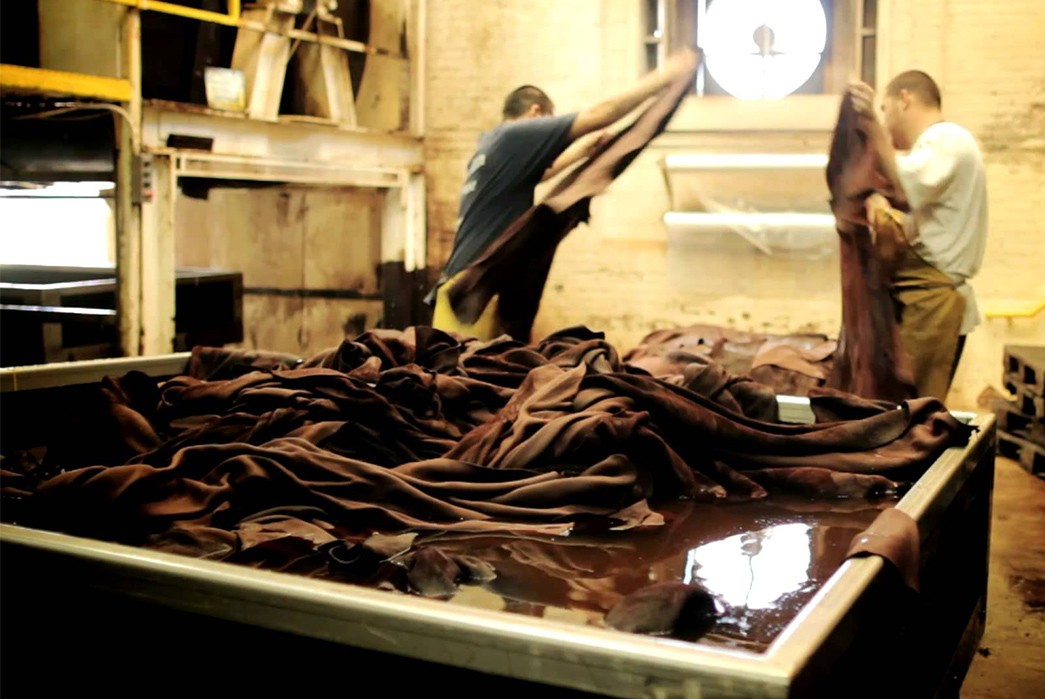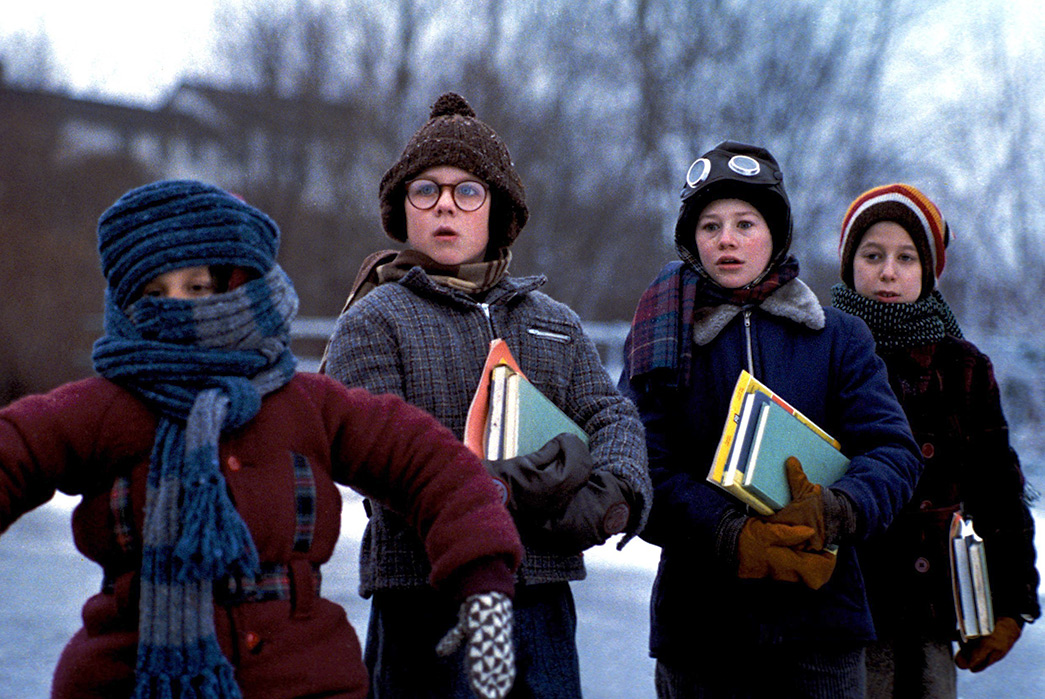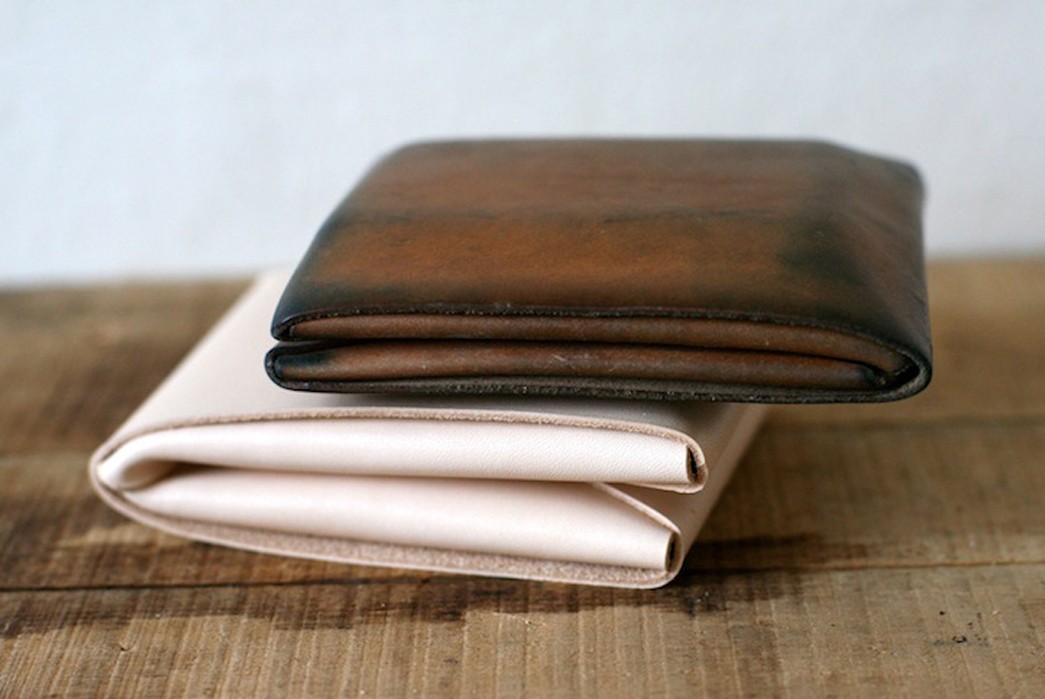- Heddels
- Posts
- Where Leather is Made – Nine Tanneries to Know
Where Leather is Made – Nine Tanneries to Know
Where Leather is Made – Nine Tanneries to Know
Our rundown of some of the most respected tanneries in the world, from Horween to Shinki Hikaku, Badalassi Carlo, and more.
James Smith

As a key material in heritage fashion and culture, leather features heavily in our daily articles, and most likely, in your daily get-up. And while most of us have got up to speed with where our selvedge denim comes from, the origins of some premium leathers can be overlooked at times. For this very reason, we’re outlining nine prolific tanneries from across the globe who produce and supply stellar hides to some of the finest brands out there.
Horween

Image via Horween
Perhaps the most widely known tannery of them all, Horween has been producing some of the world’s finest leathers since 1905. Horween Leather Co. tans all of their hides in Chicago, Illinois, including their famous Chromexcel —a luxury leather that goes through at least 89 processes and a secret blend of natural oils and greases to achieve its famous sheen — and Shell Cordovan, a lustrous equine leather that goes through a meticulous six-month tanning process.

Horween Leather Co. in 1940 via Horween
Brands that regularly use Horween leathers include:
Shinki Hikaku

Image via Shinki Hikaku
Shinki Hikaku stands as one of Japan’s most respected tanneries. Based in Hyogo Prefecture, Kobe, Shinki Hikaku has been producing leather since 1951. Specializing in equine leathers, Shinki is especially known for their Shell Cordovan, which takes almost a whole year to produce, using specially selected horsehide from Europe, and perfected tanning processes.
Brands that regularly use Shinki leather include:
Charles F. Stead

Image via CF Stead
CF Stead has been producing leather and specialty suede in Leeds, England since the turn of the 20th century. After learning his trade as an apprentice, Charles F. Stead took over the Sheepscar tannery in 1904. Leather production boomed as the 20th century progressed, but Charles sadly passed away in a car accident, leaving his 22 year old son Phillip to take over the business.

Image via Division Road.
The unprecedented demand for leather in World War II established CF Stead as one of the leading tanneries in the United Kingdom. Today, they continue to be experts in the production of suede and supply a range of makers from Clarks to Tricker’s and beyond. As well as exceptional quality, CF Stead is also known for pioneering kudu leather/suede in the late 20th century. In fact, most of the Kudu leather boots in our niche are produced from CF Stead Kudu.
Brands known to use CF Stead leather include:
S.B. Foot Tanning Co.

Image via Red Wing.
Founded by Silas B. Foot and George Sterling on the banks of Trout Brook, near Red Wing, Minnesota, S.B. Foot Tanning Co. has been producing fine American-made leather since 1872. Technically a re-tanner, S.B. Foot produces both chrome and vegetable-tanned leathers, however, all hides used by S.B. Foot are purchased as ‘Wet Blue’ hides, meaning they have been treated with chromium salts prior to S.B. Foot’s involvement. .
Red Wing Shoes Company, Inc. acquired S.B. Foot back in the 1980s, and the tannery has been the main supplier to Red Wing since. All of Red Wing’s Heritage line (Moc Toe, Iron Ranger, etc.) uses S.B. Foot leather.

Heavily patinated throughout by S.B. Foot Tanning Co. on a pair of Red Wing Iron Ranger boots.
S.B. Foot also supplies leather to the U.S. military on a contractual basis and sells stock leather by the yard.
Brands that regularly use S.B. Foot Tanning Co. leather include:
Wickett & Craig

Image via Wickett & Craig
Wickett & Craig has been perfecting the art of vegetable tanning for over 150 years. Originally established in Toronto, the tannery now operates out of Curwensville, Pennsylvania, with a facility that spans more than 16 acres and produces over 4.5 million square feet of leather each year.
Often cited as one of the best tanneries in the USA, Wickett & Craig has a range of esteemed clients including Nicks Boots, White’s, Wesco, & many more. What sets them apart from other tanneries is their commitment to sustainability. 100% of their wastewater is sent to a state-of-the-art treatment center so that it can be recycled into the waterways, and organic waste from leather processing, i.e. hair and flesh shavings, is sent to partnered farms to be turned into nutrient-rich fertilizer.
Brands that use Wickett & Craig leather include:
Hermann Oak

Image via Hermann Oak Leather
As one of the longest-standing American tanneries, Hermann Oak is still known to this day as one of the finest producers of leather in the world. Based in St. Louis, Missouri, Hermann Oak pioneered the vegetable-tanning process in America, and supplied leather to the military throughout both World Wars (and us on our Bank Bag!).

Image via Hermann Oak
Hermann Oak now supplies tanned vegetable-tanned cowhides of superior quality, such as Harness and Bridle leathers, as well as raw hides for drum skins. The tannery also aims to employ ecological processes wherever possible to reduce the environmental impact of leather making.

Hermann Oak Natural Roughout Leather on a Pigeon Tree Quick Release Belt.
Brands that regularly use Hermann Oak leather include:
J & F J Baker

J & F J Baker has been oak bark tanning since 1862 and is now the last standing oak bark tannery in England. The company has been run by the same family for 6 generations at its Devonshire site, which has been a leather tannery since Roman times, and employs a team of local craftspeople whose skills have been passed down through generations.
Once the standard in British leather making, oak bark tanning takes around 12 months and produces a robust leather that has excellent strength while preserving the hide’s natural beauty. J & F.J. Baker is keeping oak bark tanning alive in the U.K. by producing some of the world’s finest leathers, which are supplied to high-end bag makers and shoemakers such as Crockett and Jones.
Brands known to use J & FJ Baker leather include:
Badalassi Carlo

Typical Badalassi Carlo leathers via Rocky Mountain Leather Supply
Badalassi Carlo is a Tuscan tannery that specialises in 100% pure vegetable-tanned leathers. Seen as one of the best tanneries in the world, Badalassi leathers are lauded for their texture, range of tones and colors, and sustainability.

A pair of John Lofgren LK-043 Steel Gang SW Boots made from Badalassi Carlo Leather
The Tuscany region of Italy is renowned for its storied history of tanning and leather work. Badalassi Carlo is a member of the Consorzio Vera Pella Italiana, a consortium that regulates the world-class vegetable-tanned leathers being produced in the region.
Brands known to use Badalassi Carlo leather include:
Sediel Tanning Corp

Based in Milwaukee, Seidel Tannery was established in 1945 by Irwin Seidel and remains a family-run business headed by 4th-generation tanner, Fritz Seidel. Known for providing leather to big names such as White’s and Viberg, Seidel makes every leather to order based on customer needs. Like S.B. Foot, Seidel is now technically a re-tanner as they work with wet blue stock (hides that have been treated with chromium salts).
Brands known to use Seidel leather include:
Like this? Read these:
What did you think of today's newsletter? |

